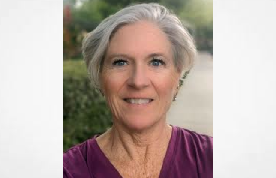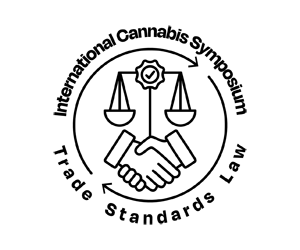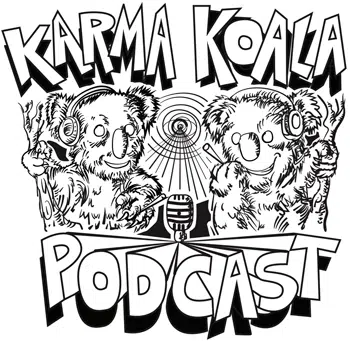Author: June McLaughlin
Currently, I am teaching undergraduate Cannabis law at Florida Gulf Coast University, a 4-year institution, and Irvine Valley College (IVC) my full-time community college professor position. I am also under contract with Kendall Hunt to complete an undergraduate Cannabis Law textbook any moment now. Working on the Constitutional Law or Justice chapter as I am currently calling it at the moment.
I bought mostly all the law school Cannabis textbooks I could find to read what was out there. I used the Mikos textbook when I taught Cannabis law at University of La Verne Law School. And I am struck by how cutting edge they all were and how the law has changed and legal reality changed with so many states legalizing and a current rescheduling underway which most experts are underwhelmed about.
But as I research and attempt to explain the equal protection clause anew to undergraduate students taking a cannabis law class in my current chapter– it is a moment to consider the current cases challenging state cannabis social equity programs on equal protection grounds. Even with my white privilege, I understand how obscene “colorblindness” is as it supports structural racism. But we find ourselves here with challenges to social equity programs that must be addressed and it might also be a moment of reflection on virtue signaling or performative legislation. How has the legislation failed social equity program aspirations?
New York has a case before the U.S. District Court for the Northern District, Valencia AG, LLC v. NY State Office of Cannabis Management (OCM) (and its board), the plaintiff argues in the complaint, that the very comprehensive and well-structured NY OCM social equity program is unconstitutional and illegal because it discriminates against white men. It also claims that the law excludes people of other heritages along with white heritage. So many social equity programs that rightly tie their license preferences for populations impacted by the War on Drugs may fall afoul of the equal protection clause. Courts and legal commentators are not convinced that colorblindness is in the past. The linked article above provides recommendations for possible social equity program structure that might pass equal protection scrutiny.
TL;DR how at this point have states legalizing marijuanan and creating social equity programs not provided definitive support for the connection between the War on Drugs, decimation of communities of color and women, and repair for that harm through social equity programs thereby preemptively defeating equal protection challenges?




















